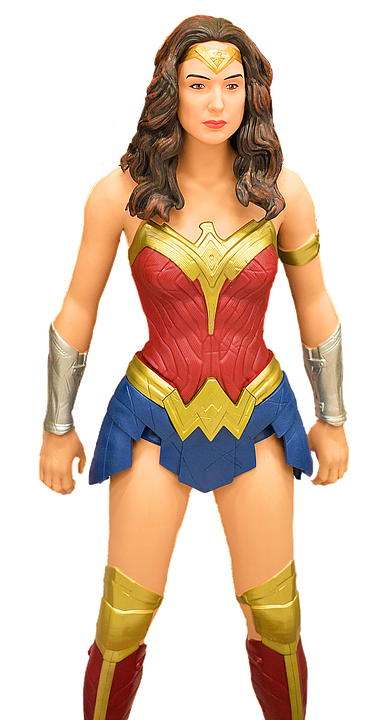Avant Parenting Archives
-

Avant! Welcome to my parenting blog archives
My children are grown, my interests have moved on, so this blog is no longer being updated. However, there’s good stuff here, much of it as true now as when it was written. Please feel free to browse, or click the headline above to access quick links to my favorite topics. One last piece of…
-

A superhero won’t save our kids—they’ll save themselves
I’m not trying to be a killjoy here, but superheroes bore me. I understand why people love Marvel movies, cheering as the hero beats the villain down, but for me, that’s not a good enough story. Add to that stories where the hero conveniently has the magical ability that will solve everything. I’ve really had…
-

Dystopian novels: Warning, not blueprint
I love a good dystopian novel. I love the ones that end with a glimmer of hope. I love the ones that make me angry. I love the ones that illuminate the path our society is on. But let’s get this straight: Dystopian novels are not a blueprint for how the future will look—they’re a warning to…
-
The exhaustion of drought
California is in a drought…still. It’s interesting: when I mention the drought, lots of people say, “Oh, no, not again?” as if the drought ceases every time we get measurable rain. It doesn’t. The drought is the worst in centuries, with no end in sight. And given the uncertainty of climate change, it may not…
-
Charter and alternative schools are a vital part of our educational system. Let them thrive!
Over the past couple of years I have posted a few pieces about the constant attacks on charter schools in California. As I wrote to a legislator involved in one of the unconscionable guttings of laws related to charter schools, “The level of antipathy against these programs at the state level is truly shocking.” Why…